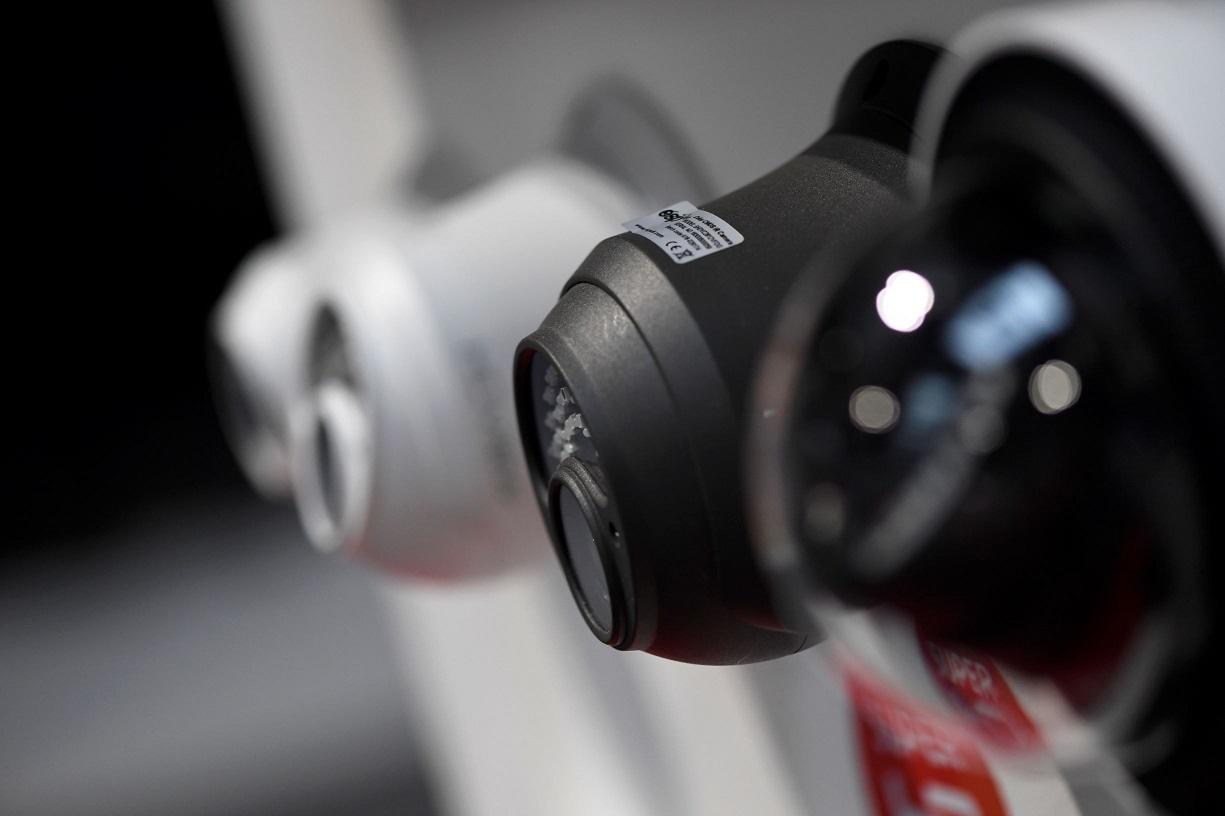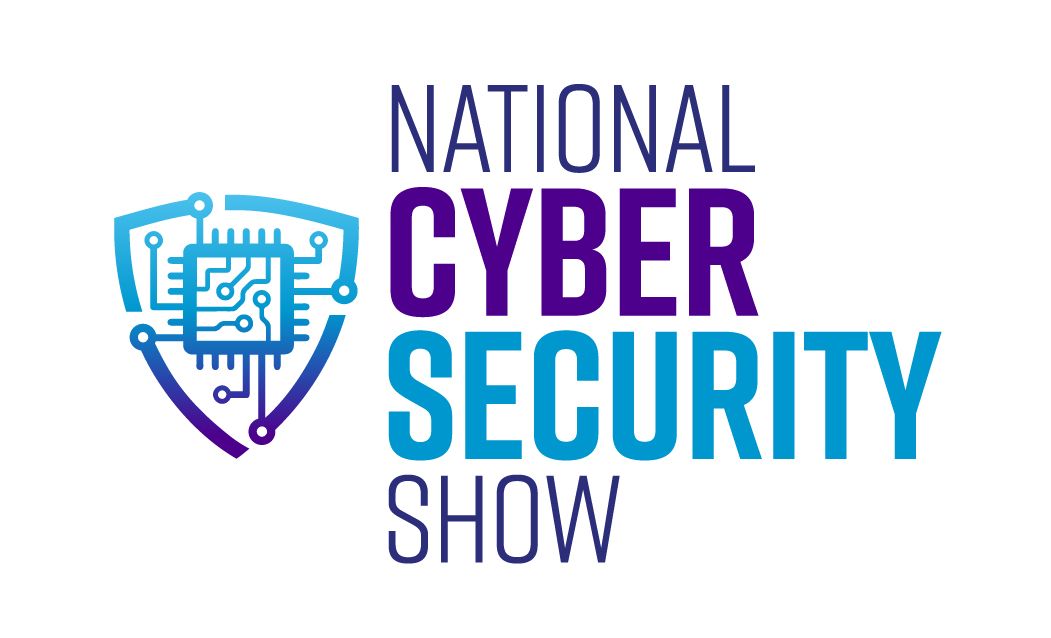Microlink Networks introduces Power Over Fiber
)
Ethernet copper cable provides functions that fiber cables can not supply, they are able to transmit power and data over a single cable while fiber is acknowledged to all with its ability to carry data over a long distance. But the emergence of powered fiber cable changes all of this. Powered fiber cable can not exactly be described as power over fiber. It can be referred to as a hybrid copper-fiber cable, which more accurately indicates that fiber and copper are combined together in a single cable.
Power-over-fiber, or PoF, is a technology in which a fiber-optic cable carries optical power, which is used as an energy source rather than, or as well as, carrying data. This allows a device to be remotely powered while providing electrical isolation between the device and the power supply.
Optical fibers or fiber cables can be used for transmitting optical power from a source to some application. The term power over fiber or photonic power implies that optical power is converted to electrical power for some electronic device. That conversion can be done with a photovoltaic cell, i.e., a semiconductor device based on a material such as gallium arsenide, indium phosphide, or indium gallium arsenide. A typical system contains
- a laser diode emitting a few watts of optical power, being the original optical power source,
- a multimode fiber with a length between a couple of meters and a few hundred meters, and
- a photovoltaic cell with an active area of several square millimeters.
For short-range transmission, laser diodes emitting around 750–980 nm are typically used in combination with GaAs-based or silicon-based photovoltaic cells. Long transmission distances (possibly several kilometers) can be realized with systems operating at longer optical wavelengths because this drastically reduces Rayleigh scattering.
Typical transmitted powers are some hundreds of milliwatts or a few watts, but there is no principal reason why one should not be able to transmit much more, such as dozens or even hundreds of watts, given that multimode fibers with a sufficiently large core can transmit many kilowatts. It is only that the required photovoltaic cells would lead to a very large receiver.






